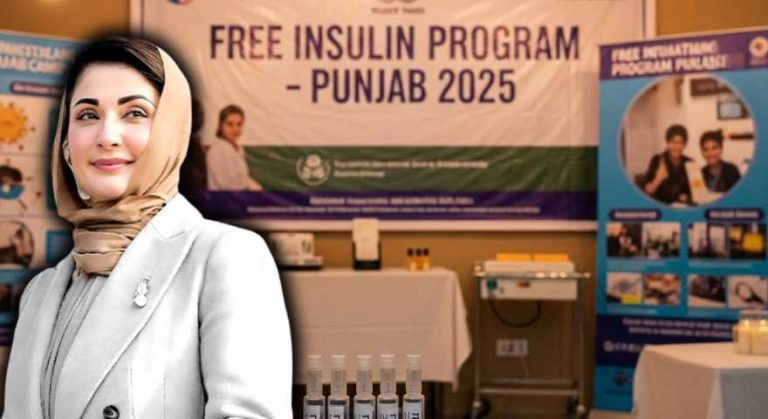Upper Punjab – The Fertile Heart of Pakistan Brimming with Natural Beauty and Economic Promise

Upper Punjab, often referred to as the “green jewel” of Pakistan, is a region rich in culture, agricultural productivity, economic potential, and breathtaking natural beauty. Stretching from the Pothohar Plateau to the lush plains of Lahore, Gujranwala, and Faisalabad divisions, this part of Punjab holds significant importance in shaping the country’s future—both economically and environmentally.
Economic Significance
Upper Punjab is the economic engine of the country. The region contributes a substantial portion to Pakistan’s GDP through agriculture, manufacturing, and services. Districts like Gujrat, Sialkot, and Gujranwala are globally known for their export-oriented industries. Sialkot alone is recognized for producing world-class sports goods, surgical instruments, and leather products, supplying to top international brands.
Meanwhile, Faisalabad, often called the “Manchester of Pakistan,” leads in textile production. The region’s cotton fields and industrial mills play a critical role in supporting Pakistan’s textile exports. Additionally, Lahore serves as a major hub for finance, education, and media, attracting businesses from across the country.
Agricultural Strength
The fertile land of Upper Punjab, fed by an extensive irrigation system derived from the Indus Basin, makes it one of the most productive agricultural zones in South Asia. Wheat, rice, sugarcane, and cotton are the dominant crops grown here. The use of modern agricultural techniques and high-yield seeds has helped the region achieve record-breaking harvests in recent years.
Farmers in areas like Sheikhupura and Narowal have adopted smart farming technologies, including drip irrigation and precision agriculture, leading to more sustainable farming practices and better resource management.
Natural Beauty and Tourism Potential
Beyond its economic prowess, Upper Punjab is home to stunning landscapes, serene rivers, and historic architecture that reflect the region’s rich cultural heritage. The Salt Range and the Pothohar Plateau in the northern part of Upper Punjab are known for their rolling hills, fossil-rich rocks, and salt mines—including the famous Khewra Salt Mine, which is the second-largest in the world.
In the Margalla foothills near Rawalpindi and Islamabad, lush green trails and wildlife offer perfect spots for hiking, bird watching, and photography. The Soan River and its surrounding gorges add to the geological wonder of the region. Meanwhile, cities like Chakwal and Jhelum offer a peaceful countryside experience with freshwater lakes such as Kallar Kahar and scenic spots like Soon Valley—often overlooked gems of Pakistan.
Cultural Heritage and Urban Charm
Upper Punjab is a melting pot of cultures, languages, and traditions. The region hosts many historical and religious landmarks that attract both domestic and international tourists. The Badshahi Mosque, Lahore Fort, Shalimar Gardens, and the walled city of Lahore stand as timeless icons of Mughal grandeur.
In addition, Gurdwaras such as Kartarpur Sahib (in Narowal District) and other Sikh heritage sites highlight the spiritual and multicultural depth of the region. These sacred places have also become a symbol of interfaith harmony and cross-border peace efforts.
Urban life in cities like Lahore is vibrant, with a thriving arts scene, modern cafes, fashion houses, and literary festivals that represent the intellectual and creative spirit of Punjab. Lahore’s food streets—particularly in Gawalmandi and Old Anarkali—are popular for offering some of the richest and most diverse culinary experiences in South Asia.
Environmental Concerns and Green Initiatives
While Upper Punjab boasts incredible natural resources and greenery, urban expansion and pollution pose environmental challenges. Deforestation, smog, and water contamination have become growing concerns, particularly in Lahore and surrounding areas.
However, the provincial government has launched several green initiatives, including the “Clean and Green Punjab” campaign, aimed at tree plantation, waste management, and water conservation. Projects like the Ravi Riverfront Urban Development Project also promise to restore the ecological balance while providing sustainable urban housing and recreational spaces.
The Road Ahead
Upper Punjab stands at a crossroads where tradition meets modernity. The region’s future lies in balancing rapid industrialization with environmental sustainability. Investments in renewable energy, smart urban planning, and eco-tourism can help Upper Punjab become not only the economic but also the ecological backbone of Pakistan.
As the province continues to modernize, the government, private sector, and civil society must work together to protect the region’s natural beauty and cultural heritage. In doing so, Upper Punjab can remain a source of pride and prosperity for generations to come.


